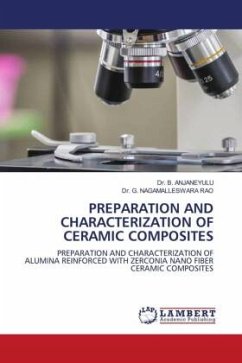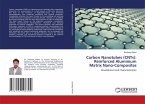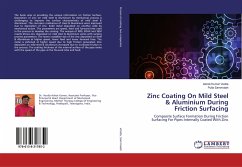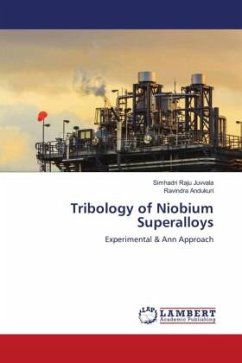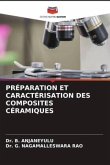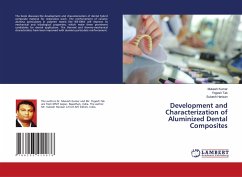Ceramic materials are applied in material science, electrical, chemical, and mechanical engineering to resist high temperature. These materials used in a wide range of industries such as mining, aerospace, medicine [1], refining, the base of the floodlights, ball bearings, fuse bodies, chemistry, packaging science, electronics, transmission and industrial electricity, and guided light wave transmission. Traditional ceramic materials contain clay minerals such as kaolinite, while more modern materials include alumina, better known as aluminum. Modern ceramics are silicon carbide (SiC) and tungsten carbide (WC). Both are used for wear resistance. Thus, these materials are used for special applications such as wear of crushing equipment plates during mining. Aluminum oxide contains molten metal either in cases where the material needs to be operated at high temperatures but also requires high strength. "Alumina is also used as a substrate with low dielectric constant for electronic packaging of silicon chips. The classic application is designed for spark plug insulators. Some unique applications for dental and medical use have also been discovered.

